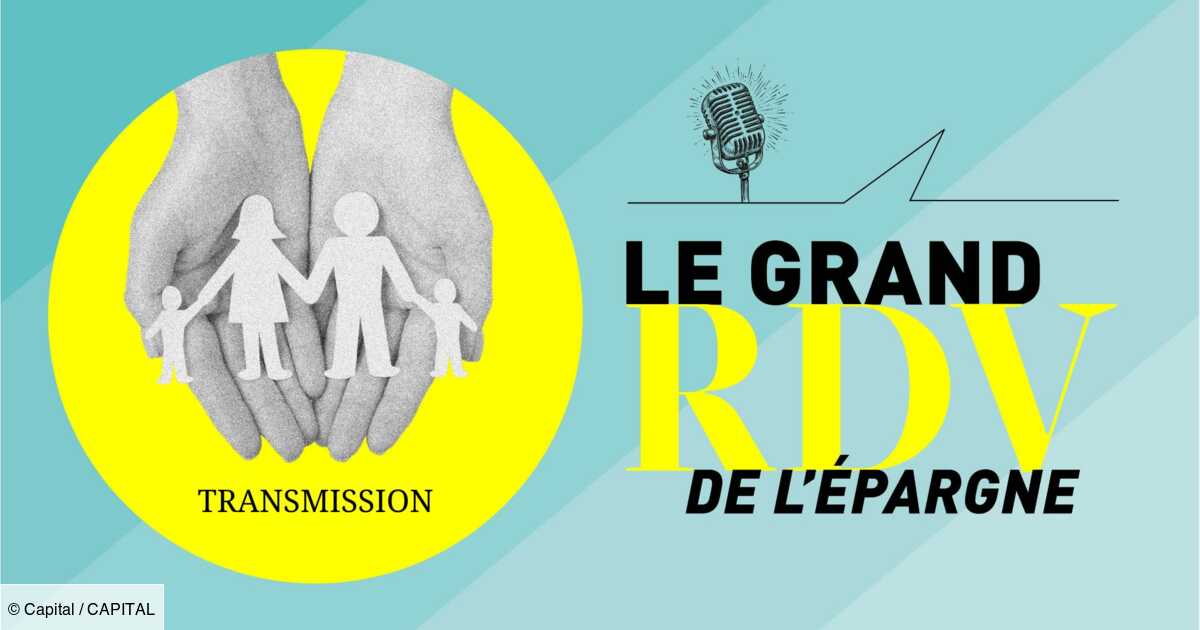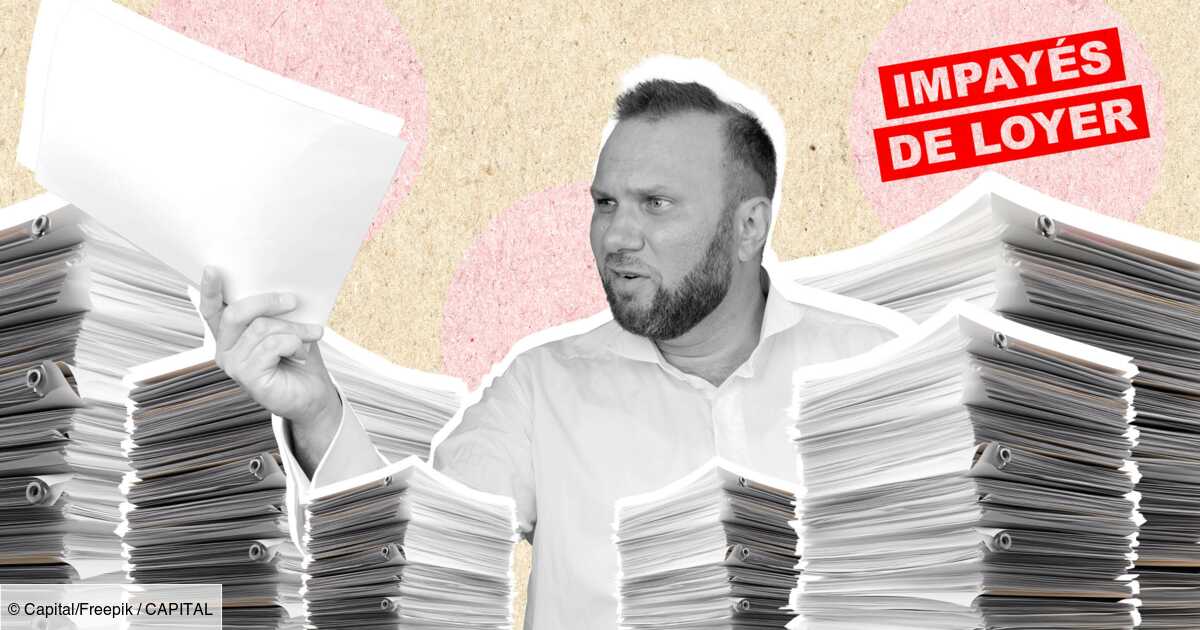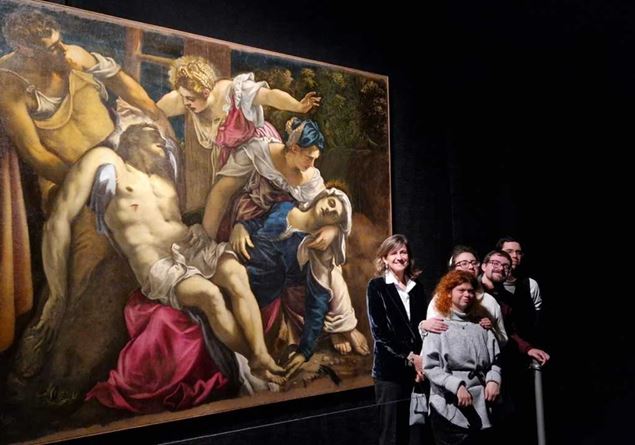“Inclusion does not mean doing extraordinary, exceptional and specific things, but it means making accessible to everyone everyday things.” The words of Don Mauro Santoro, head of the Diocesan Consulta Christian community and disabilitiesperfectly frame the purpose of New project, “Nobody excluded”, conceived by the Diocesan Museum Carlo Maria Martini of Milan With the contribution of the Alia Falck Foundation and presented this morning in Piazza Sant’Eustorgio. The initiative aims to make the museum’s cultural heritage to as many people as possible. “Nobody excluded” is in fact aimed at visitors with disabilities, who from now on will have the opportunity to experience art without barriers. Specifically, the Diocesan Museum has identified 10 works of its permanent collection, to which the famous “deposition” of Tintoretto (on display until 25 May 2025) and subsequently joined has adopted four different types of alternative language To ensure the wider use. The four types can be scanned and used through a QR code, present in the immediate vicinity of the selected works.
But what are the languages inserted? The first is “Alternative Augmentative Communication”, An approach suitable for those who are excluded from verbal and oral communication due to congenital pathologies or cognitive deficits, more or less severe. CAA provides for the simultaneous presence of an alternative tool and a standard oral verbal language, accompanied to the symbol visually and orally through the support of a communicative partner who pronounces it aloud.
The second method is “Describing”, Useful for blind and partially sighted people. This language is based only on the use of the voice, focusing on evocative potential. By means of words and phrases chosen with care and put in preordained sequences, we try to arouse mental images. The goal is therefore to effectively communicate figures, shapes, lights and colors with the only use of words.
The third alternative method is “Easy To Read”literally “easy to read” language, appropriate for those with intellectual and relational disabilities or even for those suffering from attention deficits. In this case, alongside short, clear and precise phrases, images are inserted, to further help the reader to understand what he sees.
Finally there is not even the most common “Italian language of signs (LIS)”adopted in Italy among those who are deaf. LIS is a real language, with a specific morphology and syntax.
Furthermore, as regards the work of Tintoretto, the Diocesan Museum has created a further project in the context of the “accessible culture” educational and training course, in collaboration with Cooperativa Arcipelago-Anffas (National Association of families and people with intellectual disabilities and neurosviluppo disorders) Nordmilano. Four boys, Tania Brambilla, Martina Valentini, Gianluca Panizza, Corrado Pizzino, together with their educator Emanuela Roncari share their personal thought, emerged from the path of meaning on the “deposition” of Tintoretto. During the presentation of “Nobody excluded”, the young people mentioned above gave their vision of the picture, alternating with each other and getting along in some moments in the role of the subjects depicted. «Signification means putting your heart listening. Everyone has the right to feel part of the beauty of art. And it is essential to give everyone the opportunity to discover art. Only in this way can we learn to look at yourself through a lens that enlarges the best part of each of us, “said Dr. Emanuela Roncari. The performance of the boys is visible and readable always by scan of the QR code, placed near the painting.
The organizers of the project also proudly claim their work. «In recent years The museum operated with a view to reducing architectural and cognitive barriers which often preclude the understanding of different categories of public. We like to work looking at what is happening around us. Often, for example, the school groups come here and among the boys there are those who have any problem. In the past these guys could not fully enjoy our works and ended up isolated from the rest of the group. Now everything changes. This proposal therefore wants to represent a further step forward of the museum towards the inclusion and accessibility of its collection, “he explains Nadia Righi, director of the Diocesan Museum. To which the aforementioned Don Mauro Santoro echoes: «The initiative is made between people who believe in a specific mission. For us of the diocese this work is not a point of arrival, but a first step towards an ambitious project. A destination to tend to continuously. There is always someone who needs to be included. Let’s go on with a positive tension, remembering that we never sit on the laurels ».








